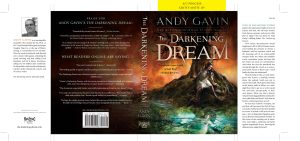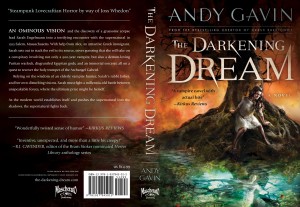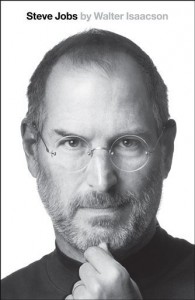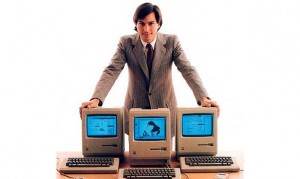 The The Darkening Dream‘s hardcover mechanical came in and I submitted a proof. This is the third version of the book, the e-book and the trade paperback already being for sale.
The The Darkening Dream‘s hardcover mechanical came in and I submitted a proof. This is the third version of the book, the e-book and the trade paperback already being for sale.
Look for them here
As a long time book lover (over 10,000 books in my library) I wanted a hardcover, even though the paperback will be cheaper, and it’s unusual for a small imprint like mine to do a hardcover edition. Plus it’s even more unusual for the hardcover to come out after the trade (a few weeks in this case), but I’ve never been much for doing it the normal way. I just love the feel of a nice hardcover. I’m printing it through Lightning Source which is the only POD printer I know that does real dust jacket hardcovers. And some people say the quality is better than Createspace too, but boy the sign up and interface are 100x more obtuse — which is one of the many reasons Amazon will continue to crush the competition.
Anyway, Apple also turned up the iBooks version the other day — finally! The whole process only took them a month! (I had to make a new iConnect account, as for some mysterious reason app accounts can’t also sell books!). But in any case, if for some odd reason this is better for you than the Kindle version, here it is:

























































